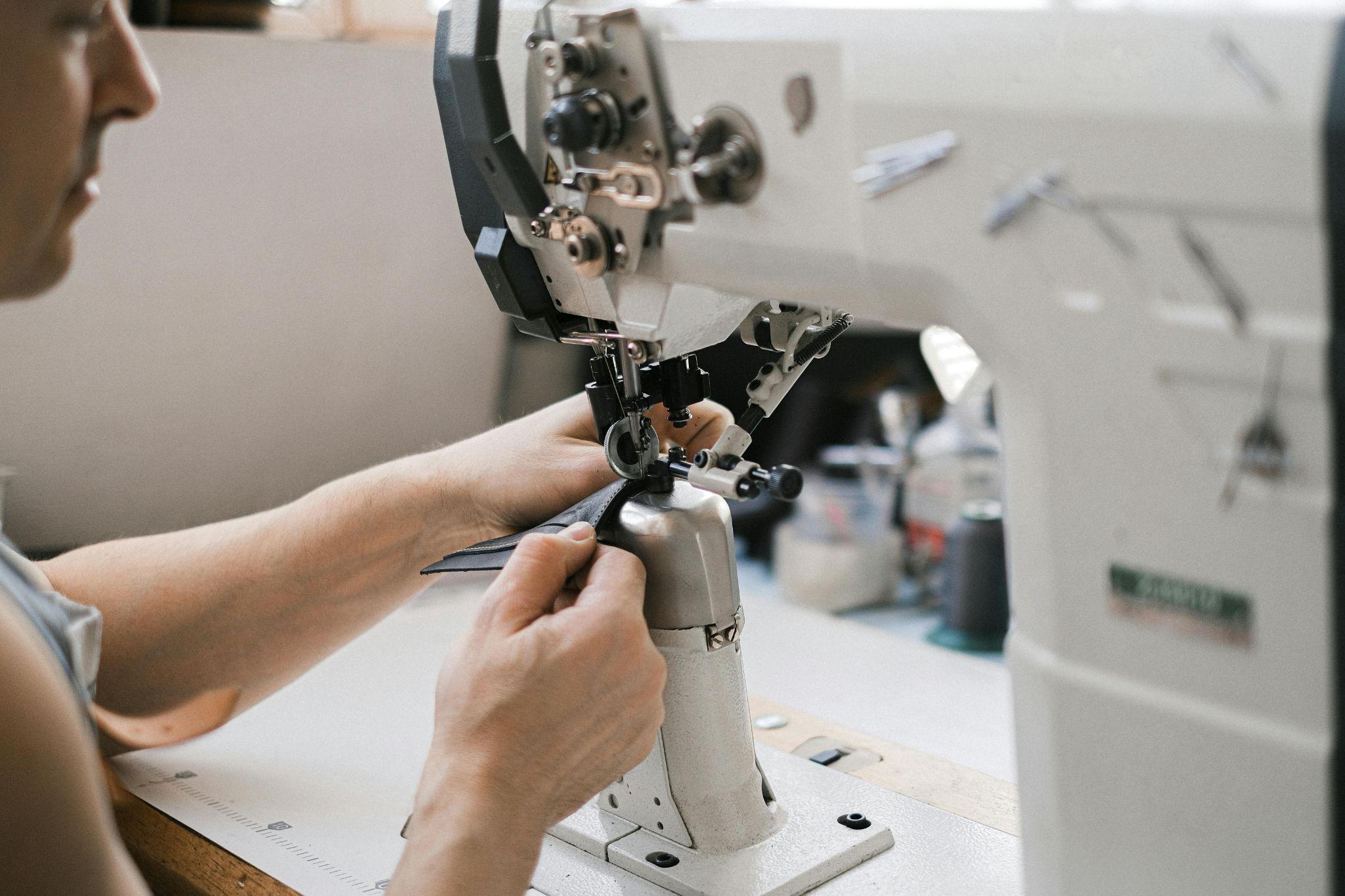Every clothing brand faces a critical decision. Where should you produce your collection? This choice defines your business. It impacts your costs, your timeline, and your quality.
For decades, the answer seemed simple. Go overseas for lower prices. Now, the calculation is more complex. Brands must weigh speed against cost. They must balance control with scalability.
This is not about finding a universally correct answer. It is about finding the right fit for your specific brand. You might be comparing a factory in Vietnam with the best clothing manufacturer Los Angeles has to offer. The pros and cons are strikingly different.
The Cost Conundrum
Overseas production often wins on pure cost. Labor expenses are generally much lower. This translates to a cheaper price per garment. It is the most obvious advantage. Local manufacturing cannot compete on this single factor. You pay for skilled labor and stricter regulations.
However, the initial price tag is deceptive. Overseas costs include shipping, import duties, and complex logistics. These hidden fees add up quickly. Local production offers cost certainty. Your financial picture becomes much clearer.
Speed and Agility Showdown
This is where local manufacturing dominates. Speed is its superpower. You can produce a sample in days. You can adjust a design mid-production. The entire process is incredibly responsive.
Overseas production is a slow marathon. Lead times stretch for months. Shipping alone can take six to eight weeks. Any problem requires a lengthy back-and-forth across time zones. For quick turns and trend-focused brands, local is the only practical choice.
Communication and Control
Proximity offers unparalleled control. You can visit your factory anytime. You can speak directly with the production manager. Issues get resolved in real time. This hands-on approach prevents major errors.
Overseas communication is more challenging. Language barriers exist. Time differences delay responses. You rely on photos and emails. Something can get lost in translation. The result might be a costly mistake you discover too late.
Quality and Craftsmanship
This area is nuanced. Some overseas factories produce exceptional quality. They have incredible expertise with specific fabrics or techniques. However, consistency can be a problem.
Local manufacturers often provide more consistent oversight. You can inspect every batch personally. The skill level of local artisans is typically very high. Partnering with the best clothing manufacturer Los Angeles has to offer often guarantees superior craftsmanship and meticulous attention to detail.
The Minimum Order Hurdle
Overseas factories usually demand high minimums. You might need to order thousands of units per style. This is perfect for large, established brands. It is impossible for a small startup.
Local manufacturers are far more flexible. They frequently work with low minimum order quantities. This allows new brands to test the market. It minimizes financial risk. It enables a more sustainable, made-to-order business model.
Ethical and Sustainable Impact
This is a major consideration for modern brands. Local manufacturing offers greater transparency. You can verify safe working conditions yourself. You can ensure fair wages are paid. Environmental regulations are often stricter. The carbon footprint from transportation is also much lower.
Overseas production carries more ethical uncertainty. Monitoring factories from afar is difficult. However, many excellent, ethical overseas partners do exist. They just require more diligent vetting.

Navigating Logistics
Local logistics are simple. You can pick up your order with a truck. There are no customs forms or port delays. Overseas logistics are a complex puzzle. You must navigate international shipping, tariffs, and customs clearance.
This process is vulnerable to global disruptions. A pandemic or political issue can freeze your inventory on a ship for weeks. Local production offers a reliable and predictable supply chain.
Making Your Strategic Choice
The decision is deeply personal to your brand. Analyze your priorities.
Do you need the absolute lowest cost per unit? Can you handle large minimums and long lead times? Then overseas production might work. Do you value speed, flexibility, and direct control? Is your brand story tied to local craftsmanship and sustainability? Then a local partner is your clear winner.
Weigh these pros and cons carefully. Your manufacturing choice will shape your brand’s identity and its path to growth. Choose the partner that aligns with your vision, not just your budget.
